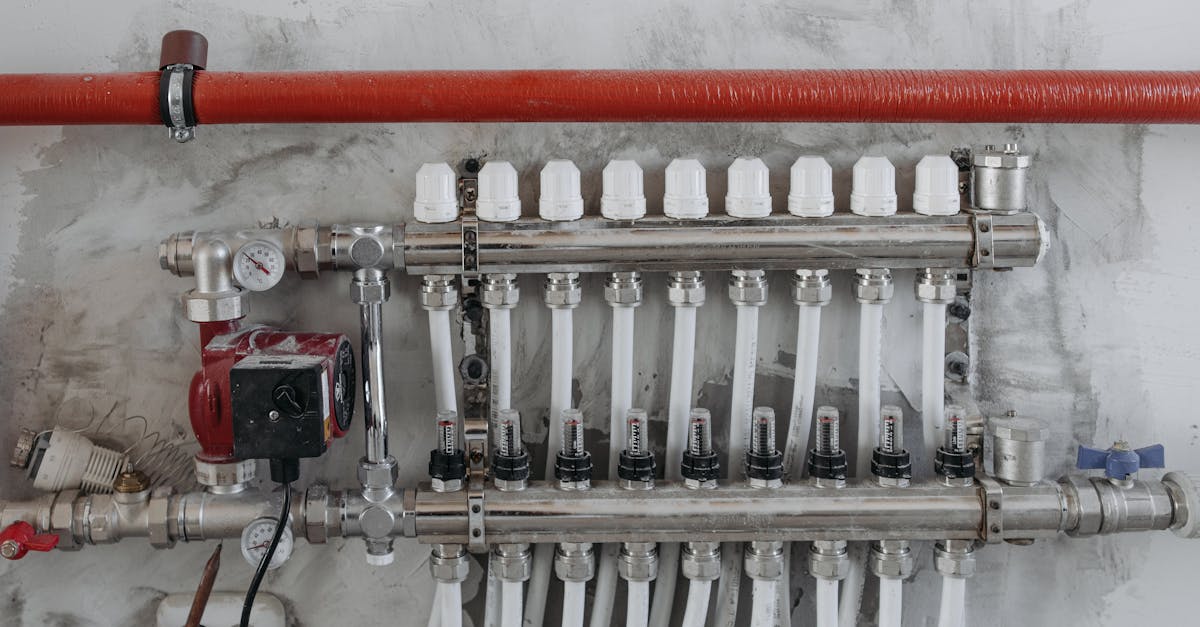
Table Of Contents
Environmental Impact of Repair vs. Replacement
When comparing the environmental impact of repairing a toilet versus replacing it, several factors come into play. Toilet installation and repair involve the use of resources such as water, energy, and raw materials. Opting to repair a toilet instead of replacing it can potentially reduce the carbon footprint associated with manufacturing and transporting a new toilet. Additionally, repairing a toilet can help in extending the lifespan of the existing unit, thereby reducing the overall waste generated from disposing of a toilet prematurely.
However, it is essential to consider the materials used in the repair process as well. If the repair involves using environmentally harmful substances or techniques, the overall environmental impact may not be as favourable. When contemplating between repairing and replacing a toilet from an environmental standpoint, it is crucial to assess the entire lifecycle of the toilet, including the production, installation, maintenance, and disposal phases.
Understanding the Sustainability Factors when Deciding between Repair and Replacement
Understanding the sustainability factors when deciding between repair and replacement is crucial for making an informed choice regarding your toilet. It's essential to consider the environmental impact of both options to determine the most eco-friendly solution. Toilet installation and repair have varying sustainability implications that can influence your decision-making process. Repairing a faulty toilet can lead to fewer materials being disposed of, reducing waste and promoting a more sustainable approach. On the other hand, replacing a toilet may result in a higher environmental footprint due to the production and transportation of new materials.
Moreover, when weighing the sustainability factors between repair and replacement, it's important to assess the overall energy and water consumption implications. Repairing a toilet may help conserve water and energy by ensuring that the existing fixtures function optimally. If a toilet is beyond repair or inefficient, replacing it with a more water-efficient model can contribute positively to saving resources in the long run. As individuals become increasingly conscious of their environmental impact, choosing the option that aligns with sustainable practices is significant in the process of maintaining and upgrading your household fixtures.
DIY Repair vs. Professional Replacement
When it comes to deciding between DIY repair and professional replacement for your toilet, there are several factors to consider. DIY repair can be a cost-effective option, especially if you have the necessary skills and tools to tackle the job. However, it is crucial to be aware of your limitations and ensure that the repair is done correctly to prevent future issues.
On the other hand, opting for professional replacement may offer a more efficient and long-term solution. Professional plumbers have the expertise to swiftly install a new toilet with precision, ensuring that it functions optimally. While this option may come at a higher cost, it guarantees a high-quality result and peace of mind. Before making a decision, evaluate your skills, budget, and time constraints to determine the most suitable choice for your toilet installation and repair needs.
Comparing the Feasibility of DIY Repairs with Hiring a Professional for Replacement
When it comes to managing toilet issues, many homeowners are faced with the decision of whether to attempt a do-it-yourself (DIY) repair or hire a professional for a replacement. DIY repairs can be cost-effective and give a sense of accomplishment, but they may not always guarantee a lasting solution. On the other hand, hiring a professional for replacement can provide expertise and ensure that the toilet functions optimally in the long run.
Toilet installation and repair require a certain level of skill and knowledge to be carried out successfully. DIY repairs might seem financially appealing at first, but incorrect fixes could lead to more expensive problems down the line. Hiring a professional for replacement may entail a higher upfront cost, but it often results in a more reliable and durable solution. Professional plumbers are trained to assess the underlying issues accurately and provide expert solutions that can extend the lifespan of the toilet.
Longevity of Fixing a Toilet
Toilet installation and repair can significantly extend the lifespan of a toilet, ensuring that it functions optimally for years to come. By addressing issues promptly and effectively, such as fixing leaks, replacing worn-out parts, or upgrading components, homeowners can prolong the durability of their toilets. Regular maintenance and repairs not only improve the performance of the toilet but also prevent minor problems from escalating into major issues that may necessitate a complete replacement. Properly fixing a toilet when problems arise can help avoid the costly and time-consuming process of replacing the entire unit.
The longevity of fixing a toilet is dependent on various factors, including the quality of repair work, the frequency of maintenance, and the age of the toilet. While repairs can address immediate concerns and restore the functionality of the toilet, older units may eventually require replacement due to wear and tear over time. To maximise the lifespan of a toilet through repairs, it is essential to engage in proactive maintenance practices, identify problems early on, and invest in quality repair services when needed. Proactively managing the upkeep of toilets can result in cost savings and reduced environmental impact compared to frequent replacements.
Predicting the Lifespan of Repaired Toilets
When it comes to predicting the lifespan of repaired toilets, there are several factors that come into play. The quality of the repair work done, the materials used, and the frequency of use are all important considerations. A well-executed repair job using high-quality parts can potentially extend the lifespan of a toilet significantly. However, toilets that have undergone multiple repairs or are made of inferior materials may have a shorter lifespan.
Toilet installation and repair professionals recommend regular maintenance and prompt repairs to ensure the longevity of a toilet. Regular inspections can help identify small issues before they develop into major problems, ultimately prolonging the lifespan of the toilet. Additionally, using water-saving fixtures and being mindful of what is flushed down the toilet can also contribute to a longer and more efficient toilet lifespan.
FAQS
Is it more cost-effective to repair or replace a toilet?
The cost-effectiveness of repairing or replacing a toilet depends on the extent of the damage and the age of the toilet. In some cases, repairing a toilet can be a more budget-friendly option than replacing it entirely.
What are some environmental factors to consider when deciding whether to repair or replace a toilet?
When deciding between repairing or replacing a toilet, it's important to consider the environmental impact. Repairing a toilet can help reduce waste by extending its lifespan, while replacing it may result in the disposal of a functional but slightly damaged unit.
Is it recommended to attempt DIY repairs on a toilet, or is it better to hire a professional for replacement?
DIY repairs can be a cost-effective option for minor toilet issues, such as leaks or running water. However, for major repairs or replacements, it's advisable to hire a professional plumber to ensure the job is done correctly and to avoid potential further damage.
How long can a repaired toilet be expected to last?
The longevity of a repaired toilet largely depends on the quality of the repair and the overall condition of the toilet. With proper maintenance and timely repairs, a toilet that has been fixed can last for several more years before needing replacement.
What are some tips for predicting the lifespan of a repaired toilet?
To predict the lifespan of a repaired toilet, consider factors such as the age of the toilet, the quality of the repair work, and the frequency of maintenance. Regular inspections and addressing minor issues promptly can help extend the lifespan of a repaired toilet.


